Twenty-five years after the Kursk disaster, where 118 sailors died waiting for a rescue that never came, Russia is now simulating submarine rescues using the same language it once used to hide the truth. And this time, China is watching—and participating. This story isn’t about interoperability. It’s about memory, denial, and what happens when failure becomes standard operating procedure.
5 min read
This week, Russia and China completed their latest round of joint naval drills in the Sea of Japan. The exercise, dubbed “Joint Sea 2025”, featured artillery strikes, anti-submarine warfare, and aerial patrols. But the most telling episode came during the rescue simulation.
According to Russia’s Pacific Fleet, both navies practiced extracting sailors from a “friendly submarine that had laid on the seafloor.” The phrase was repeated in official press releases — and for those who remember the Kursk disaster of 2000, it rings with grim familiarity.
Chinese rescue ship Xihu simulated contact with the Russian diesel-electric submarine Volkhov in the Peter the Great Gulf. The vessel deployed an LR-7 deep-submergence rescue vehicle to “dock” with the submarine and extract crew members.
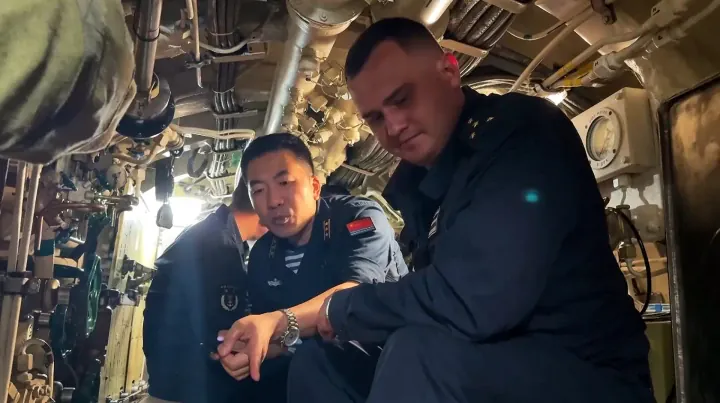
In return, the Russian rescue ship Igor Belousov conducted a similar operation with a Chinese submarine, demonstrating its AS-40 apparatus, onboard medical capabilities, and decompression chambers.
Surface ships and aircraft were also involved. Russian Il-38s and Chinese Y-8 maritime patrol planes, along with helicopters, conducted simulated strikes on a “hostile” submarine. All these activities were presented as evidence of growing interoperability between the two navies — and yet, it’s the language that deserves attention.
The phrase that buried 118 sailors
“Laid on the seafloor.”
This was the exact phrase used by Russian officials in August 2000, when the nuclear-powered submarine K-141 Kursk , one of the most advanced vessels in the fleet, suffered a catastrophic failure during a naval exercise in the Barents Sea.
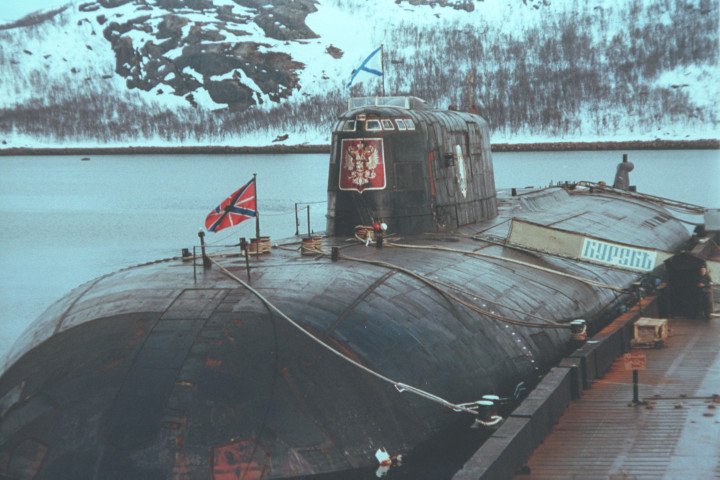
According to the official version at the time, the sub had simply lost communication and “laid down on the seabed” due to a technical malfunction.
In reality, a faulty torpedo in the forward compartment detonated, triggering a second, far more powerful explosion minutes later. The blast tore open the bow, destroyed multiple compartments, and sent the submarine crashing to the ocean floor. All 118 crew members were onboard.
At least 23 of them survived the initial explosions and retreated to the aft section, where they remained alive in complete darkness—surrounded by fire, smoke, and rising water—waiting to be rescued.
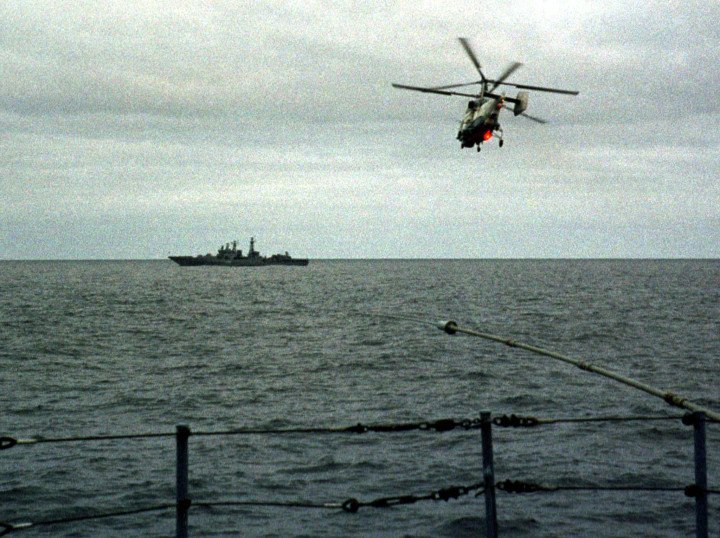
The Russian Navy delayed confirming the accident for nearly two days. Offers of help from the United Kingdom and Norway were initially rejected. Government officials gave repeated assurances that the situation was under control and that communication with the crew had been established. None of it was true.
When international rescue teams were finally allowed to approach the wreck—a full week later—they found no survivors. Oxygen had long run out.
Refused assistance, delayed truth
Western countries—including the UK and Norway—offered immediate rescue support. The Russian government refused.
Vladimir Putin remained on vacation in Sochi. The public wasn’t informed of the accident until two days later, and foreign rescuers weren’t allowed access until it was far too late.
Official Russian statements maintained that the navy was “handling the situation.” The same phrases appeared in televised briefings:
“The submarine is intact.”
“It has laid on the bottom.”
“We are in contact with the crew.”
All of it was false. By the time divers reached the wreck, no one was alive.
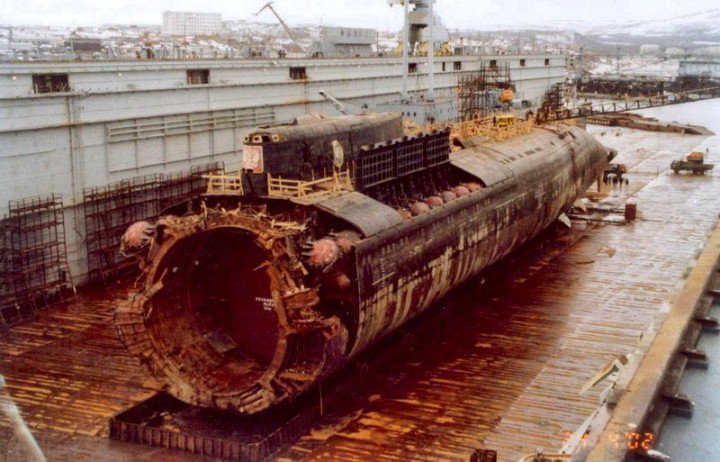
On August 26, Putin posthumously awarded state honors to the crew. A few weeks later, he met with US President Bill Clinton. During that private meeting—revealed years later in a declassified transcript—Putin reportedly told Clinton:
“They said my ratings would go up if I sent a rescue sub immediately. But you can’t do that for PR. Oddly, polls showed it didn’t hurt my standing.” He added that the crew likely died within 60 to 90 seconds.
Then, in a now-infamous interview with CNN’s Larry King, Vladimir Putin was asked a direct question at the very beginning of the broadcast:
“What happened to the submarine?”
Putin paused briefly, offered a slight smile, and replied:
“It sank.”
– Vladimir Vladimirovich, what happened to the Kursk submarine?
– It sank.August 12 marks exactly 24 years since the Russian nuclear submarine “Kursk” sank. 118 people died that day pic.twitter.com/z3lg3gKjk9
— Petr Markov (@Petr__Markov) August 13, 2024
No elaboration. No emotion. Just two words — delivered with a smirk that would go on to define the public memory of the entire disaster.
The interview continued, but it was already too late. Those two words became the enduring quote of the tragedy. Not the official statements, not the delayed rescue, not the names of the 118 men lost—but a president’s calm, almost amused response to the total failure of his own military to save them.
The Kursk disaster was one of the most humiliating episodes in modern Russian military history. It exposed systemic rot in the navy, failures of leadership, and a refusal to accept outside help—all while families clung to hope and officials lied on national television.
Now, a quarter century later, Russia has turned that same script into a drill—rehearsed with a foreign ally, under the same language that once concealed disaster. Not a lesson, not a memorial, not a warning—a procedure.
And perhaps China’s participation says as much as Russia’s.
Because while both sides simulate cooperation, Beijing seems less interested in learning how to rescue Russian submarines—and more in confirming that it might have to.
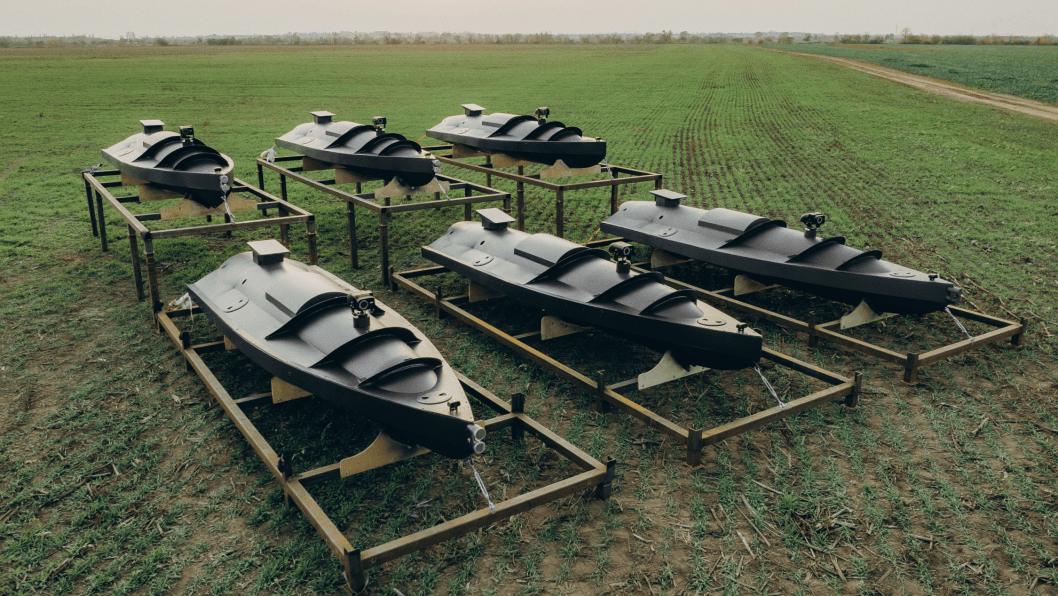
Donate Towards Robots, as Well as Other Military Equipment and Supplies to Help Ukraine’s Defenders Fight Off Russian Invaders

